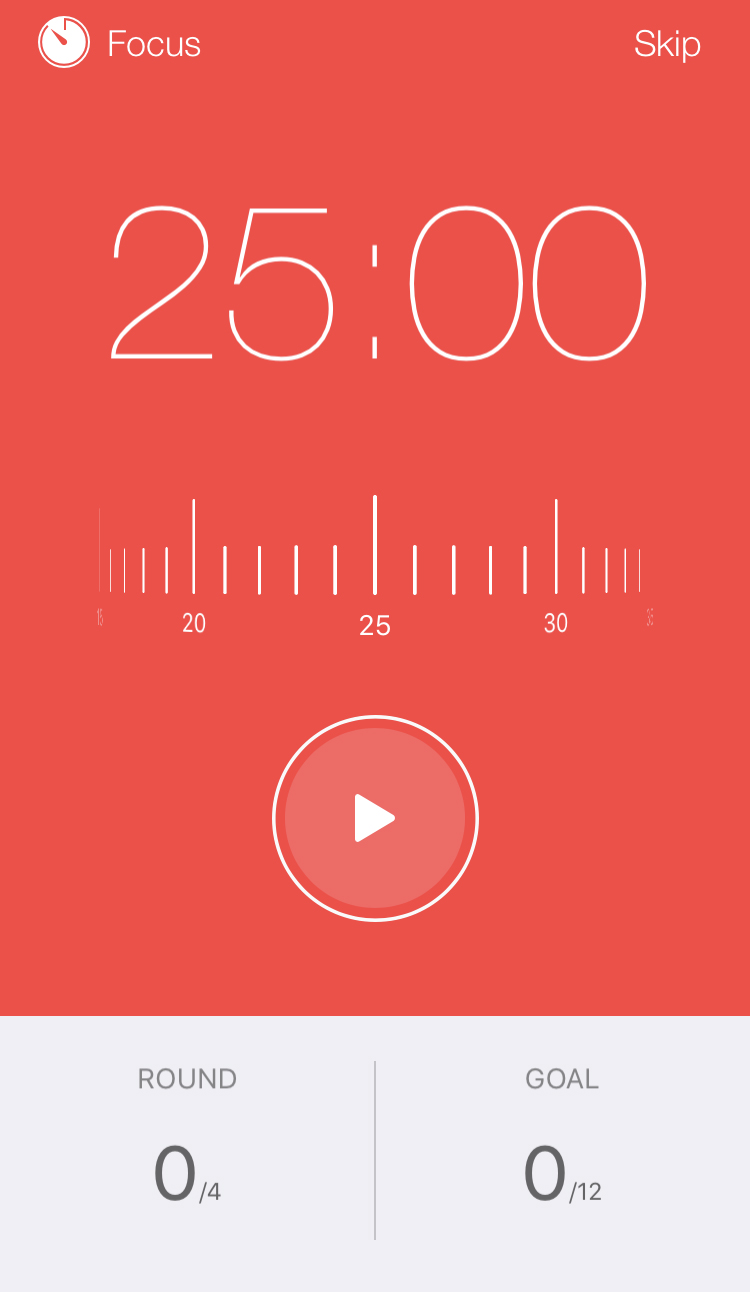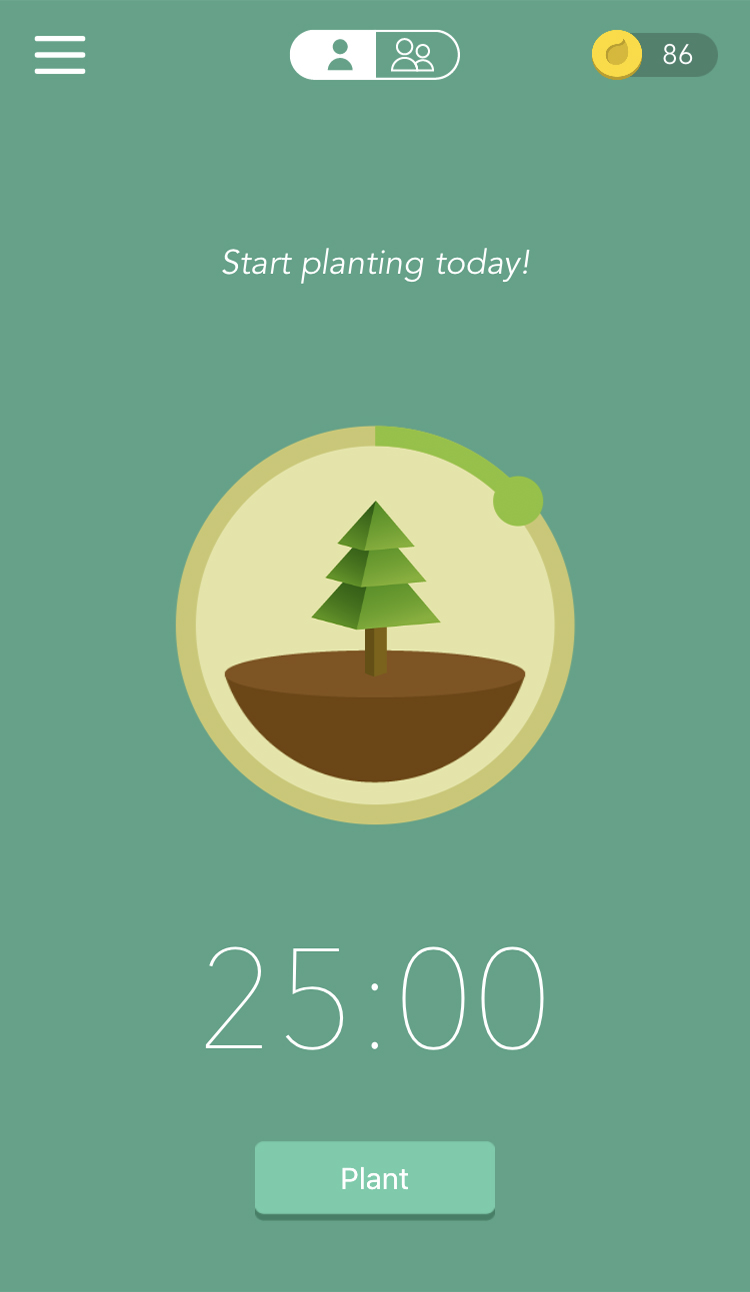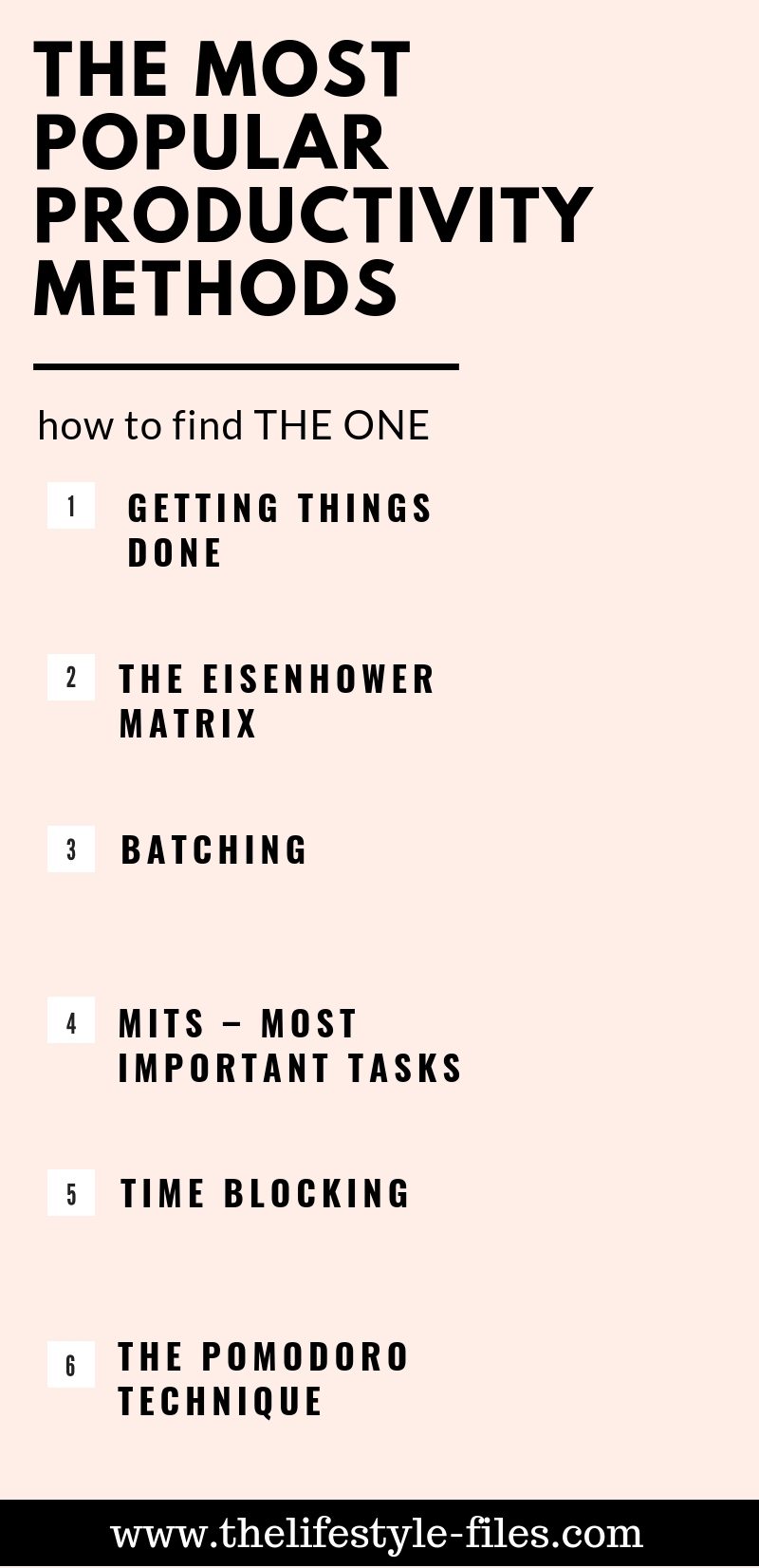 I’ll be honest, I’m fascinated by different personal time management experiences and productivity techniques.
I’ll be honest, I’m fascinated by different personal time management experiences and productivity techniques.
It’s not really about me wanting to increase my productivity by all means or all the time. Sure, it’s a nice added value when I find something that actually works for me, but I’m also deeply interested in the psychological aspect of these strategies. How our mind works, how we are able to hack it to maximize our energy and focus, how we are all different in what we respond to, and what works for different people and why.
So, I’m always on the hunt for and open to trying different time management and productivity techniques. Below, you can read some of the strategies I’ve tried – either over the course of years or very recently for the sake of this experiment.
Some are great, some really do not work – at least for me. But that doesn’t mean they cannot work for you.
If you’re interested in productivity techniques my best advice is to try as many as you can, and then stick to the ones that work for you. Don’t try to force something just because everyone else is raving about it.
Productivity is a matter of personal preferences.
6 popular productivity techniques tested
1. Getting Things Done and the two-minute rule
The idea
David Allen’s Getting Things Done is one of the most well-known productivity books ever written. His system is built on the benefits of organizing, list writing, and prioritizing. His main thesis is that our brain should not be a storage place – all tasks and ideas must be captured in an outside system (like a notebook, app, or calendar), otherwise, all our energy and mental capacity will be used up by the constant need to keep track of them. The undefined tasks can also be a source of enormous mental stress. The three main steps he advocates are:
+ Make a list of your tasks
+ Clarify the tasks and identify the actionable steps needed to finish them
+ Organize the tasks – do, delegate, or discard
A key strategy to deal with items that were put on the DO list is the two-minute rule: if it can be done in 2 minutes or less, do it immediately.
How it worked for me
I read this book last year and liked it a lot, especially as it kind of reinforced what I always thought: that to-do lists are incredibly important. The whole idea of recording tasks in order to ease the burden on my brain makes a lot of sense to me and I’ve been fine-tuning my to-do list writing skills for years. So I cannot say that the whole GTD system was totally new to me, which of course means that I view it as a useful and helpful system.
The two-minute rule, however, was a novelty. Previously, I’ve never paid such a big attention to small tasks, but after reading the book I got into the habit of actually trying to implement it. I say try because my track record is not spotless – sometimes I still ignore the two-minute stuff and just postpone them. However, when I make an effort, it’s really useful. It helps to get a lot of potential future distractions out of the way, it can save time, and it also feels good to just do something right away. It’s not difficult or time-consuming, so I guess with some commitment it can become a habit – i.e. something to do automatically. It’s a good technique to learn how to get things done – and quickly.
2. Batching
The idea
Batching simply means grouping similar tasks together and doing them all at once, instead of switching between different tasks all the time. And it can be a life-saver. Batching works because you can focus on one type of activity for a longer period, which is better for your brain and concentration. You don’t have to switch between tasks all the time (remember, this is why multi-tasking doesn’t really work) and it is a lot easier to maintain that “flow”, where working seems almost effortless. Also, after every batching sessions, you’ll feel very satisfied by how much you got done.
How it worked for me
I’m such a big fan of batching. Whatever can be batched, I do it that way – photos, editing, social media scheduling, emails, phone calls, admin tasks, errands. It also makes sense to batch things that either need some kind of logistics, like running errands or special circumstances – like reorganizing my living room for photo shoots or going out to do errands.
3. The Eisenhower matrix
The idea
The Eisenhower Matrix is basically a visualized priority list. It builds on the idea that when everything is urgent and important, nothing really is. In other words, we must make decisions on which tasks truly matter and then we should allocate our time and energy accordingly. Here’s how the method works:
+ Write your to-do list
+ Assess each task and identify which ones are urgent and important. Write a (U) and an (I) next to the tasks.
+ After you’ve reached the end of the list, look for the markers. Some tasks will only have an I, others a U, some both, and some neither. Take the matrix and put the tasks into the right category.
Here’s the visualization of your priority list – you should focus on the things in the upper left corner. The urgent, but not important tasks should be delegated. The important, but not urgent stuff can be planned and delayed a little, and the items that are neither urgent nor important should simply be forgotten.
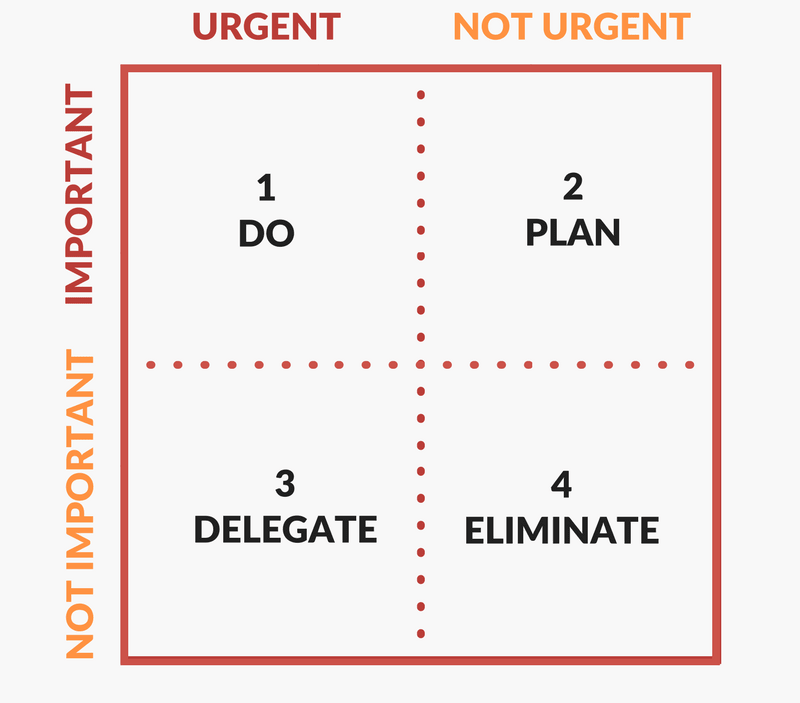
How it worked for me
In short, it didn’t. I spent way too much time on putting together that damn matrix and then putting my tasks into the various categories. It was just simply frustrating and didn’t get me closer to my ultimate productivity or organizing level at all. It may work for some people who really have a hard time prioritizing things, but that’s just not me.
I think time management systems must be simple and pretty straightforward in order to work. If I spend more time on drawing and planning and creating my system than on the actual work – it’s just simply not worth it to me.
4. MITs – Most Important Tasks
The idea
The MIT productivity technique is about identifying critical tasks to put at the top of a to-do list every single day. It’s not a very new, revolutionary technique of course – this is basically the act of prioritizing and it’s at the heart of most time management systems.
How it worked for me
It may be just a repackaging of the old trick of prioritizing, but this repackaging actually worked for me. I’ve been using the MITs system for months now, and I have to say, it made a big difference to my daily productivity. I’ve always been obsessed with writing to-do lists, but more often than not, they were just a long list of items. I crossed things off, I added others, every day the list was right next to me, beside my computer. But I never really prioritized, I just kept adding tasks, which was really frustrating. There was no end in sight, no blank page to celebrate.
Once I started focusing on my daily MITs, I could differentiate between the urgent, the important, and the someday, when I have the time items. My daily to-do list got a lot more manageable, which in turn increased my energy as well as my willingness to work through it. I have various to-do lists for projects or areas, but every night (or sometimes in the morning) I identify the 3-4 most important I will focus on the next day. It’s a good technique because it’s flexible, can be adjusted to my daily schedule, and because it’s not 2 miles-long and I actually have a shot at finishing it, it’s a very rewarding way to manage my time and priorities.
5. Time blocking
The idea
Time blocking is a mix of prioritizing and calendar scheduling. The way it works is that you make a to-do list, prioritize, and then schedule the tasks in your calendar (block the time). People who are devout fans like it, because it gives a structure to their day (they just basically have to follow a plan) and it can also improve their time management skills, simply because they will have a clear understanding of how much time each task needs or takes.
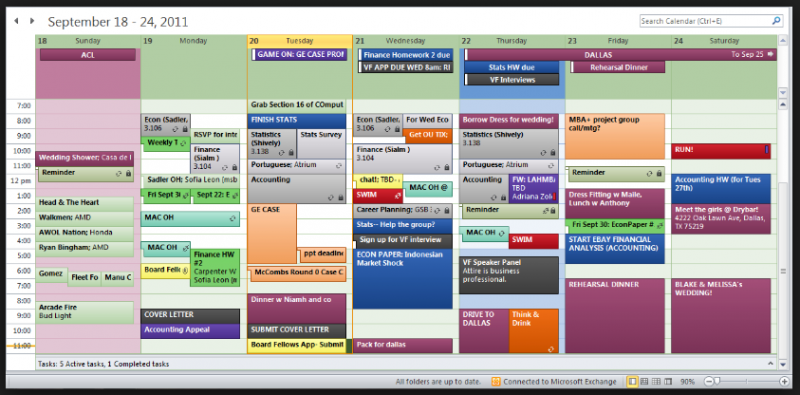
How it worked for me
I was familiar with the technique of time-blocking, but I’ve never really entertained the idea of actually trying it myself. I’ll be honest: it seemed very time-consuming. And after doing it for a week, my fears were justified. The first night I time-blocked my next day, it seemed it could actually work. I scheduled time for activities (like meetings, traveling, exercise) and for concrete tasks. 12 hours into the next day, I was already way behind schedule. And it never changed during the week. Even if I managed to finish my to-do list for that day, it has never happened according to my previously time-blocked schedule.
I don’t wanna totally discard this idea, because it can give a nice visual of the main events of your day. And it also makes sense to actually schedule time for errands, traveling, etc – things we do not usually factor in when putting together a realistic to-do list.
I think the way it can be helpful to me is to write in my fix commitments, factor in the things that take away time and then work with the remaining blocks and plan my day accordingly. I will probably never be able to schedule concrete tasks, like strategy writing from 1pm-1:30, but I can write in work and then work with my MITs and to-do lists during that time. I like how I get a visual of where my time goes, but it’s for sure not going to be my main time management system.
6. The Pomodoro technique
The idea
Pomodoro is a time management technique that has been around since the 1980s. It breaks down work or any kind of activity that needs your focus into smaller intervals called pomodoros (pomodoro means tomato in Italian, the technique was named after the tomato-shaped timer the founder used for this strategy). The sessions are usually 25 minutes-long with 5 mins long breaks in between. After 4 sessions, you can take a longer break (15-20 minutes).
The technique is aimed at maximizing our focus and cutting down on interruptions. As the founder, Francesco Cirillo states: “Usually, you can afford to take 25 minutes before calling back a friend or replying to an email”. It also encourages users to track the time spent on various sessions and tasks. In a way, it will be a visual overview of where your time has gone and thus it helps you to better plan your days by more accurately predicting the time required for various tasks.
You can do this with a simple kitchen timer or a dedicated app. Focus keeper, for example, is easy to customize – you can set the length of focus sessions and the breaks, as well as goals. Forest is another variation of this technique, it doesn’t operate with cycles, just one dedicated focus session, but it uses a gamification technique: you set the time and a tree grows within that period. If you break the focus, unfortunately, the tree dies.
Two Pomodoro apps: Focus Keeper and Forest
How it worked for me
This is actually one of the techniques I’ve been using for a long time now, so predictably, my opinion is quite positive. I use it for intense focus sessions and it really works for me. Maybe because 25 minutes doesn’t seem that long (even though it can be surprisingly productive) or maybe because I’m more aware that I’m in a focus session but with an attainable end in sight, and that in turn eases my brain and helps me focus. It also helped me to be a little bit better with assessing how long it takes me to finish certain tasks. Combined with other techniques aimed at planning and prioritizing, this can really make a big difference in my productivity.
What are your favorite productivity techniques?

